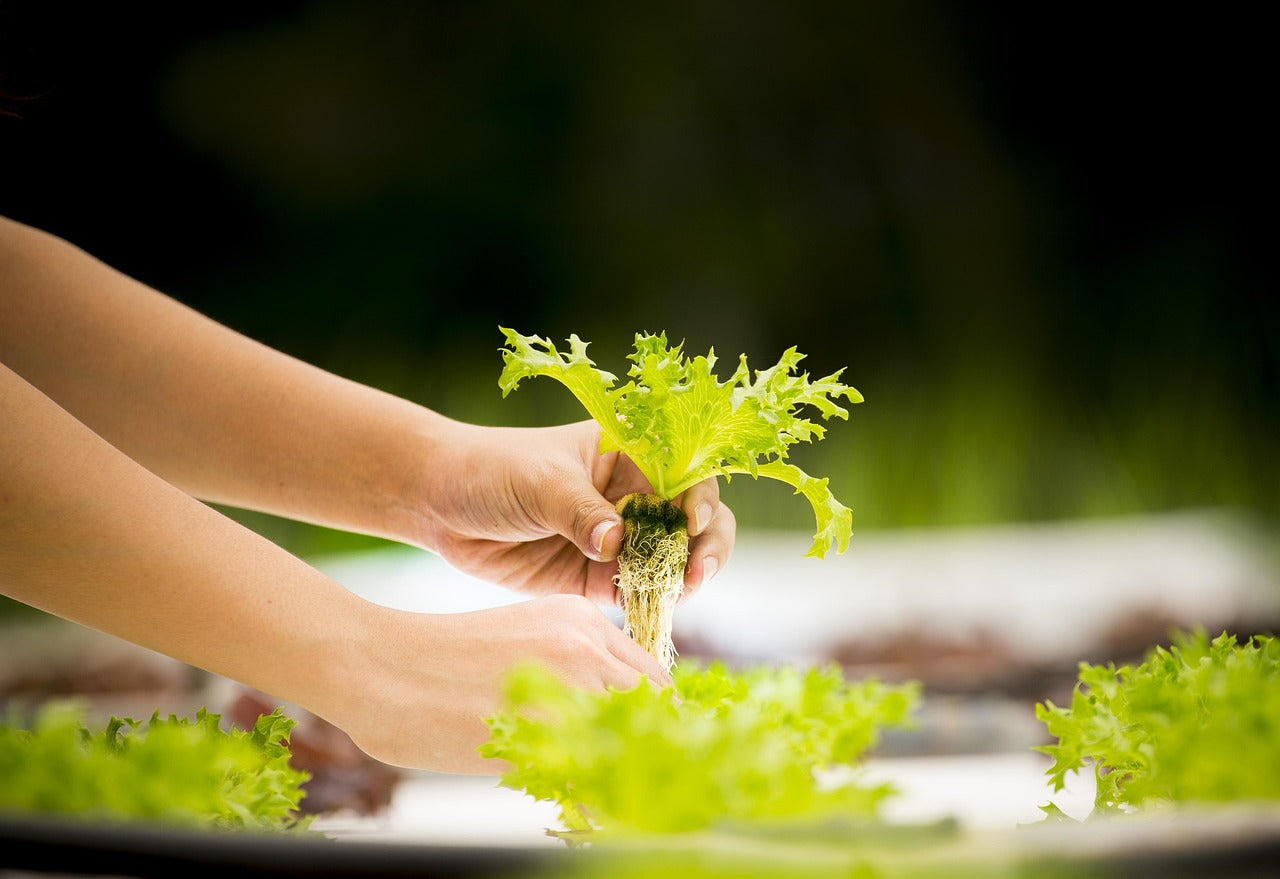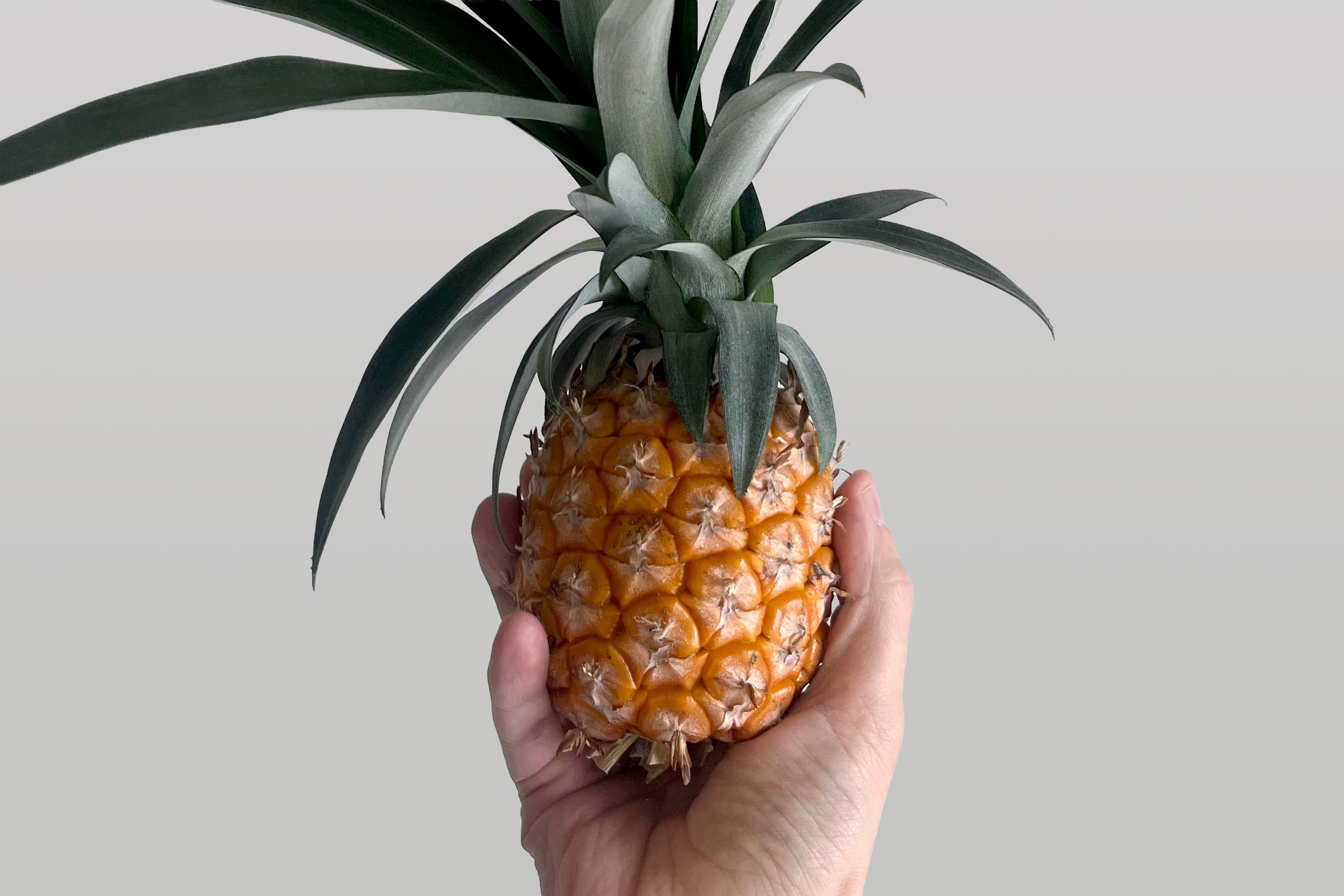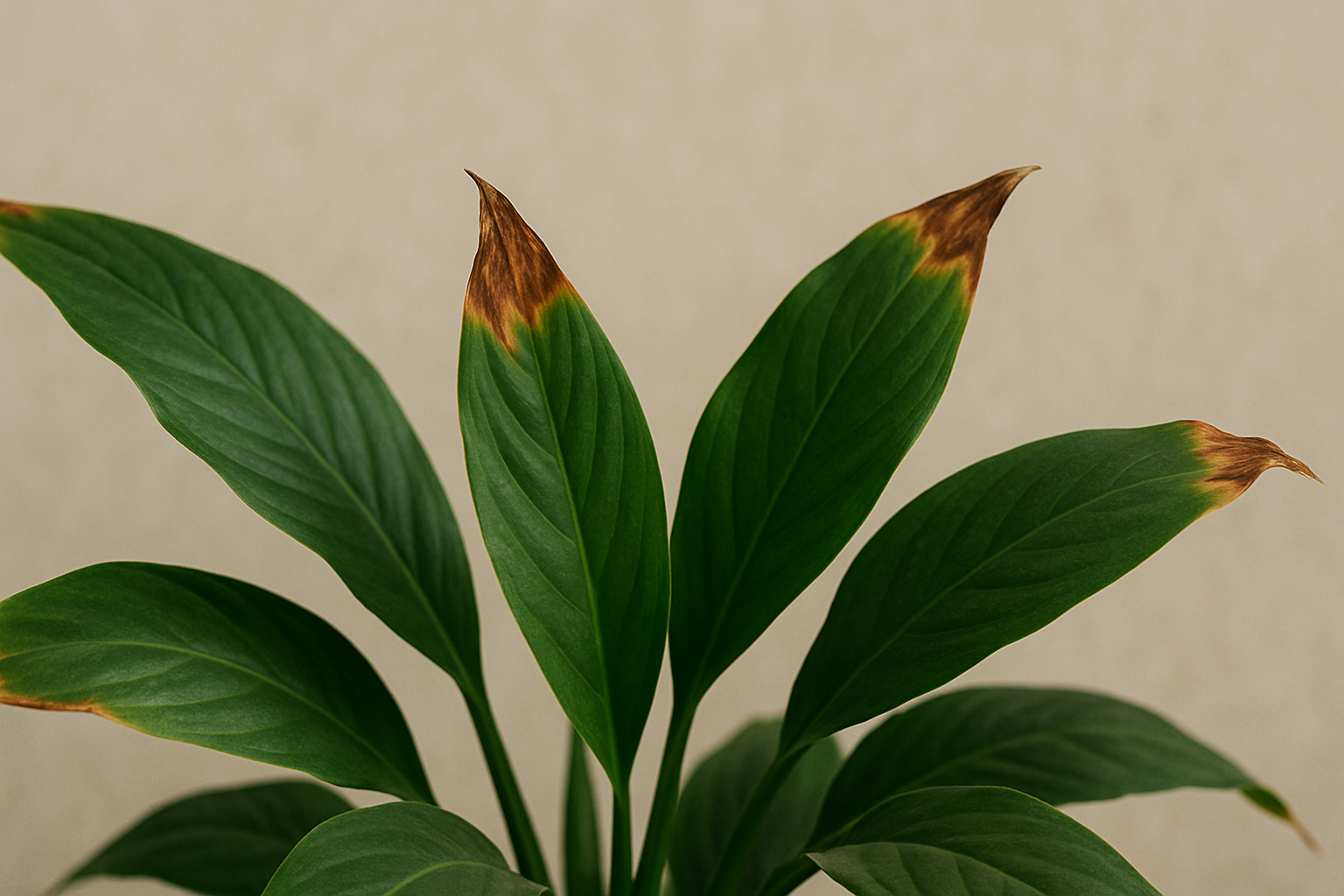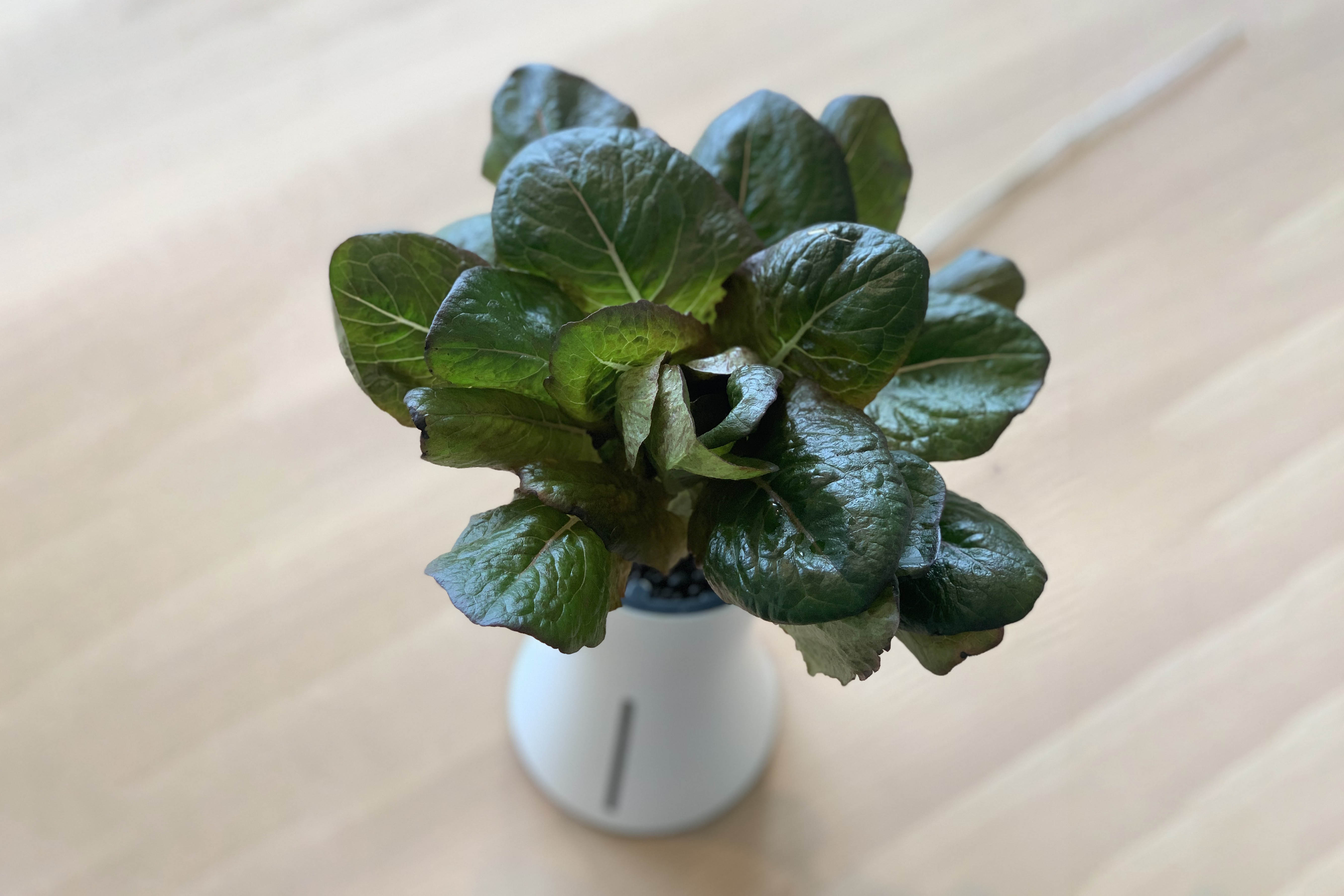Hydroponics explained: The beginner guide to soil-free gardening

Have you ever wondered how plants can thrive without soil? Welcome to hydroponics, a fun and efficient way to grow plants by using nutrient-rich water instead of traditional soil! Whether you have limited gardening experience or restricted indoor space, hydroponics offers an accessible solution to grow fresh, healthy plants year-round.
What is Hydroponics?
Hydroponics is a method of growing plants by delivering nutrients directly to the roots through water instead of soil. By providing nutrients and oxygen more efficiently, hydroponic systems often lead to faster growth, healthier plants, and higher yields. This method also typically requires much less space, making it especially useful in urban environments or small indoor areas where traditional gardening isn’t practical.
But you might wonder - aren’t plants meant to grow in soil? The truth is, plants only need a few basic things: air (oxygen and carbon dioxide), water, nutrients, and light (very simplified). Soil provides support, nutrients, and water—but all of these can be delivered in other, more efficient ways.
When roots have direct access to a nutrient-rich water solution, it's easier for the plant to absorb what it needs. And the growing media often used in hydroponics (like LECA or perlite) are usually much airier than soil. This increased airflow around the roots is crucial - it helps prevent root rot and encourages fast, healthy growth.
Benefits of Hydroponics for Beginners
Hydroponics offers numerous benefits that make it ideal for beginners. It significantly reduces mess, as it doesn't involve soil, and minimizes pest issues commonly associated with traditional gardening. Additionally, plants grow faster because nutrients are delivered directly to the roots, ensuring they receive exactly what they need. Hydroponic systems are also incredibly space-efficient, allowing you to cultivate plants even in compact apartments or office environments. Plus, hydroponics conserves water, often using up to 90% less compared to conventional methods, making it environmentally friendly and sustainable.
They usually also eliminate the problem of water enough, but not too much. A traditionally soil-grown plant usually likes to dry out in between waterings, but since hydroponic plants have access to a lot of oxygen no matter how much you water it, it's much harder to kill a plant with too much water. (although it's definitely possible - ask us how we know)
How Does Hydroponics Work?
So we have already established that plants need nutrients, water, light and air. Let's dive deeper into water, nutrients and air, which are all what hydroponics are about.
Nutrients
In hydroponics, plants absorb nutrients dissolved directly in water, delivered right to their roots.
This nutrient solution usually consists of at least 12 elements that are necessary for growth: nitrogen, potassium, phosphorus, calcium, sulphur, magnesium, iron, manganese, zinc, copper, molybdenum and boron. It might seem unnatural when you see the list of chemical elements - but all of these elements are present in soil as well, in one form or another, as a result of microbes breaking down organic matter. Originally though, the nutrients in that organic matter come from rocks and naturally occurring mineral deposits. Volcanic areas, for instance, are very fertile due to the volcanic ash that has been fertilising the land.
To grow hydroponically, you need nutrients specially made for hydroponic gardening since normal fertilisers don't contain all elements needed for growth - they assume the soil you use already contains some of it.
Our Botanium nutrients are specifically adapted for hydroponic gardening in all kind of systems but you can use any nutrients labeled hydroponic nutrients.

Plants also differ in how much nutrients they need. Lettuce for instance, requires much less nutrients that tomatoes. If you give lettuce too concentrated nutrient water, it will wilt, grow brown, crispy edges and taste bitter and metallic. If you give tomatoes too little nutrients, the plants will grow very slowly, turn yellow and the harvest will be very modest.
The nutrient concentrations needed for plants are measured in ppm or EC - electrical conductivity. Being able to measure how concentrated your nutrient solution is is very handy, which is why an EC pen is the hydroponic gardeners favourite tool.
Below you can see what common plants need in terms of nutrients.

Air
Have you ever neglected a plant until the soil was bone dry, only to accidentally kill it when you finally watered it? It's a common mistake to overcompensate in situations like that - most likely, the plant got too much water all at once. But how can too much water be a problem?
The issue isn't the water itself, but that it pushes out the oxygen around the roots. Without oxygen, the roots become vulnerable to root rot, typically caused by a fungus-like organism called Pythium. The worst environment for roots is warm water with low oxygen levels. If a soil-grown plant sits in water for too long, root rot is almost inevitable. (Thanks a lot, Pythium.)
In hydroponics, plants are grown in soilless media like LECA balls or perlite - inert, rock-based materials that provide excellent aeration and drainage. This creates an environment where overwatering is much harder to do.
Some hydroponic systems even actively oxygenate the water - but more on that later.

Healthy roots vs unhealthy roots
Water
Since soilless media don’t contain any nutrients on their own, you’ll need to supply nutrients with each watering. The lower the salt content in your water before adding nutrients, the better. Tap water is usually acceptable, but in some regions, it contains too much calcium and/or magnesium—minerals commonly found in hard water. If you live in such an area, you’re better off using rainwater or demineralized water. As a rule of thumb, if your tap water contains 200 ppm or more of calcium carbonate, consider switching to another water source.
Also, check whether your tap water has high levels of chlorine or chloramine, as these can negatively affect plant growth.
Another important factor to monitor is the acidity of the water. Plants absorb nutrients best in slightly acidic conditions. If the pH is too high, they may develop nutrient deficiencies. Most hydroponic nutrients are formulated to keep the pH around 6.0 to 6.5, but slight deviations above or below that range aren’t usually a big issue.
The most convenient way to measure pH is with a digital pH meter. These devices provide quick and accurate readings- just dip the probe into the nutrient solution and read the result on the screen. However, they do require regular calibration with buffer solutions (typically pH 4 and 7) and the probe tip must be kept moist when not in use. While they’re the preferred choice for serious growers, they can stop working properly without regular maintenance.
A cheaper, though less precise, alternative is a pH test kit (also called pH drops). You fill a test tube with nutrient solution, add a few drops of indicator liquid, and compare the resulting color to a reference chart. While it doesn’t require calibration or batteries and is simple to use, its accuracy is usually limited to around ±0.5 pH, which is good enough for casual use.

There are also several different ways to deliver water and nutrients to the plants, and this is where various hydroponic systems differ. Each system is essentially a different method for supplying nutrient-rich water to the roots.
Types of Hydroponic Systems
These are only a few of the systems you can build or buy.
Kratky Method

Components:
- Container (bucket, tote, or bin) filled with nutrient solution
- Net pots with plants suspended over the solution
- Lid to block light and support the net pots
- Grow medium (clay pebbles, rockwool, etc.) to stabilize plants
The Kratky method is a passive hydroponic system that requires no electricity, pumps, or moving parts. Plants are grown in containers filled with nutrient-rich water, and roots extend downward as the water level drops, creating an air gap that provides oxygen. It's excellent for beginners due to its simplicity and low cost but is typically best suited for shorter growth cycles or smaller plants like lettuce and herbs because the limited oxygenation can become problematic over extended periods. If you wanna grow tomatoes or other fruiting plants we recommend other systems, such as flood and drain. (read more about it down below)
The system is named after dr Bernard Kratky who popularised the concept. The idea is that you fill up a large enough container that you won't need to water it until it's time for harvest. You can also grow in a smaller container and refill it, but this adds complexity, since you want to avoid filling the container too much and drowning the roots that have grown down.
Deep Water Culture (DWC)

Components:
- Container (bucket, tote, or bin) filled with nutrient solution
- Net pots with plants suspended over the solution
- Air pump + air stone or water pump to oxygenate the roots
- Lid to block light and support the net pots
- Grow medium (clay pebbles, rockwool, etc.) to stabilize plants
In DWC systems, plants are suspended in a nutrient-rich solution, with roots completely submerged in aerated water. In essence, it's a Kratky system in which you introduce extra oxygen to the water.
Oxygenation is provided by an air pump and air stone, which keeps the solution well-oxygenated, promoting robust root growth. Some growers also use aquarium pumps that oxygenate the water when the water circulates.
It’s relatively simple and low-maintenance once running, but it’s entirely dependent on electricity. If the air pump fails, root rot can set in quickly. Managing water temperature is also crucial, as temperatures above 22–23°C (72–73°F) can reduce dissolved oxygen and encourage harmful bacteria or algae. The colder water you have, the more oxygen the water can dissolve.
If you manage to get it working well, the growth can be amazing which is why it is a pretty common setup.
Ebb & Flow (Flood and Drain)

Components:
- Grow tray, growing container or flood table
- Grow medium (e.g., clay pebbles, rockwool, perlite mix)
- Reservoir tank (holds the nutrient solution)
- Submersible water pump
- Drain and fill fittings (bulkhead fittings with overflow control)
- Timer (to control the flood cycles)
- Tubing (to connect the pump and fittings)
Ebb and flow (also called flood and drain) is a system where plants sit in a grow bed that’s periodically flooded with nutrient solution and then drained back into a reservoir. This cycle repeats on a timer, giving roots both nutrients and oxygen.
The process works by pumping nutrient solution up from a reservoir into the grow bed. The water level rises, soaking the roots. After a set period (usually a few minutes), the pump shuts off and gravity lets the solution drain back down. As the water drains, fresh oxygen is pulled into the root zone.
Ebb and flow works well for small to medium fruiting plants, herbs, and leafy greens. It’s especially good for grow media like clay pebbles or rockwool cubes that can retain moisture and air between cycles.
 Botanium is in essence a user friendly ebb & flow system for the windowsill, made for growing single plants or a small jungle of herbs. The plants, grown in small clay pebbles, are watered once every third hour and the excess water drains back into the system.
Botanium is in essence a user friendly ebb & flow system for the windowsill, made for growing single plants or a small jungle of herbs. The plants, grown in small clay pebbles, are watered once every third hour and the excess water drains back into the system.
Aeroponics

Aeroponics is a technique where plant roots are suspended in air and mist-sprayed with a nutrient solution. This method gives roots maximum oxygen exposure while still delivering water and nutrients through fine droplets. It’s highly efficient and promotes rapid growth, but it’s also sensitive to pump failure - roots dry out quickly if misting stops. NASA famously conducted experiments in space with aeroponics since the extraordinary water efficiency would make it stand out from other growing method which require more water to be transported to space. Less water = lighter system = lower launch cost.
It works best for propagation, leafy greens, herbs, and experimental or high-tech setups. Fruit-bearing plants can also thrive if the system is well-maintained. Aeroponics is more complex and maintenance-heavy than other systems, but offers excellent oxygenation and efficient nutrient delivery when done right.
Typical components:
- Root chamber (enclosed container where roots hang)
- Net pots or collars (to suspend plants above the chamber)
- Misting nozzles (to atomize the nutrient solution)
- High-pressure or low-pressure water pump
- Tubing (to deliver solution from pump to nozzles)
- Timer or controller (to cycle misting on and off)
Common Beginner Mistakes and How to Avoid Them
1. Overfeeding nutrients
The mistake:
More nutrients = faster growth, right? Not quite. Too high EC (electrical conductivity) leads to salt stress, root damage, and nutrient lockout.
How to avoid it:
Follow the feeding chart above. Use an EC or TDS meter to track levels, or follow the nutrient bottle's directions on how much to use.
2. Poor oxygenation
The mistake:
Especially in DWC, people forget that roots need oxygen just as much as nutrients. Without it, roots drown and rot.
How to avoid it:
Use a reliable air pump and air stone or water pump in deep water systems. Keep water temps under 22°C (72°F) to preserve dissolved oxygen levels.
3. Light leaks into the reservoir
The mistake:
If light reaches your nutrient solution, it can cause algae growth, which competes with your plants for nutrients and oxygen. As the algae die and break down they can also cause pH swings.
How to avoid it:
Use opaque containers and cover any gaps. No light should reach the root zone or reservoir!
4. Forgetting regular maintenance
The mistake:
Neglecting to clean the reservoir, check pumps, or change nutrient solution causes buildup, clogs, and imbalances. The plant doesn't absorb all nutrients equally fast, resulting in unfavourable proportions between the different elements over time. Also, as the plants are absorbing the nutrients, their roots are releasing other elements into the water. This can drastically raise the pH over time.
How to avoid it:
Change nutrient solution every 2-4 weeks. The faster the growth is, the more often the nutrients need to be changed. Optionally, rinse reservoirs and parts with mild hydrogen peroxide or vinegar between cycles. Check pump function often.
How to Get Started with Hydroponics (featuring Botanium)
Starting your hydroponic garden is straightforward with Botanium. First, fill your Botanium reservoir with water and add the provided nutrient solution. Next, plant your chosen seeds into the provided growing medium.
Once set up, Botanium automatically manages watering cycles, ensuring your plants receive precise nutrients and moisture without daily intervention. Ideal beginner plants include easy-to-grow herbs like basil and mint, leafy greens such as lettuce, and compact vegetables like cherry tomatoes and chili peppers.
FAQs
Do hydroponically grown plants taste different? Hydroponically grown produce often tastes as good as, or even better than, traditionally grown plants, thanks to consistent nutrient availability and controlled growing conditions.
Are hydroponics expensive or complicated? Hydroponics can be surprisingly affordable and simple, particularly with beginner-friendly products like Botanium that reduce complexity and cost.
Can I grow organic food hydroponically? Yes, you can cultivate organic hydroponic gardens by using organic-certified nutrients specifically designed for soil-less growing. However, some people wouldn’t consider hydroponics organic - despite using organic nutrients - simply because it doesn’t involve soil. (We don’t agree with that.)
Conclusion
Hydroponics is an exciting, accessible, and sustainable method for indoor and outdoor gardening, perfect for both beginners and experienced gardeners. Ready to start your hydroponic journey and enjoy fresh herbs and vegetables at home? Build your own system or get growing with a Botanium today!





Lämna en kommentar